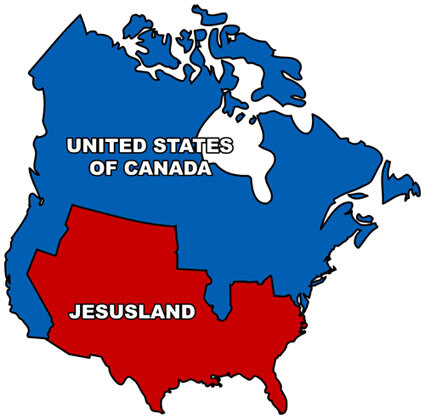Here’s a decade in review for Religion & Politics.
Almost every religious tradition in the United States has become more Republican over the last decade – even mainline Protestants, Muslims, and Jews.
No group (besides Hindus) has moved meaningfully to the left. pic.twitter.com/D9SpOc7P65
— Ryan Burge 📊 (@ryanburge) December 31, 2019
Attention religion-news professionals and all of your news consumers. Do you remember where you were in 2012 when you read your first news report about the stunning rise of the “nones,” as in religiously unaffiliated Americans? Or, in terms of style, is it just Nones, at this point?
I sure do. In my case, I was actually at the press conference to announce the Pew Research Center survey results that became known as the “Nones on the Rise” report.
The religious implications of these numbers were stunning, especially for America’s declining Mainline Protestant flocks. However, the political implications were just as important — something noted by a scholar who has been following the “pew gap” phenomenon for decades. What is the “pew gap”? Here is the basic concept: The more a person (especially if she or he is white) attends worship services, the more likely they are to vote GOP.
Here is a bite of info from my “On Religion” column about that event, including a very prophetic quote from the pollster and scholar John C. Green of the University of Akron. Ready?
The unaffiliated overwhelmingly reject ancient doctrines on sexuality with 73 percent backing same-sex marriage and 72 percent saying abortion should be legal in all, or most, cases. Thus, the “Nones” skew heavily Democratic as voters — with 75 percent supporting Barack Obama in 2008. The unaffiliated are now a stronger presence in the Democratic Party than African-American Protestants, white mainline Protestants or white Catholics.
“It may very well be that in the future the unaffiliated vote will be as important to the Democrats as the traditionally religious are to the Republican Party,” said Green, addressing the religion reporters. “If these trends continue, we are likely to see even sharper divisions between the political parties.”
As you would expect, this observation leads us to a pair of new charts from political scientist Ryan Burge of the Religion in Public blog (and now a regular here at GetReligion).
Scan on.
The left side of the graph is well populated. People who are very devout, and those who aren’t religious at all are Democrats.
But the bottom right is completely empty – to be a Republican is to be religious (or vice versa). pic.twitter.com/Zn5wQ8XzWK
— Ryan Burge 📊 (@ryanburge) January 1, 2020










